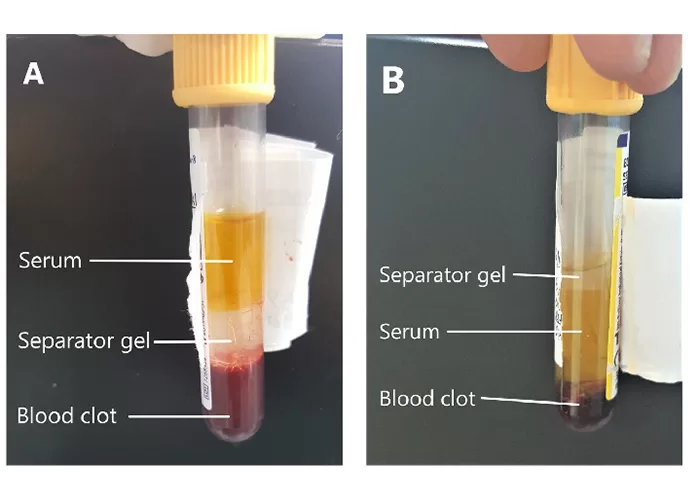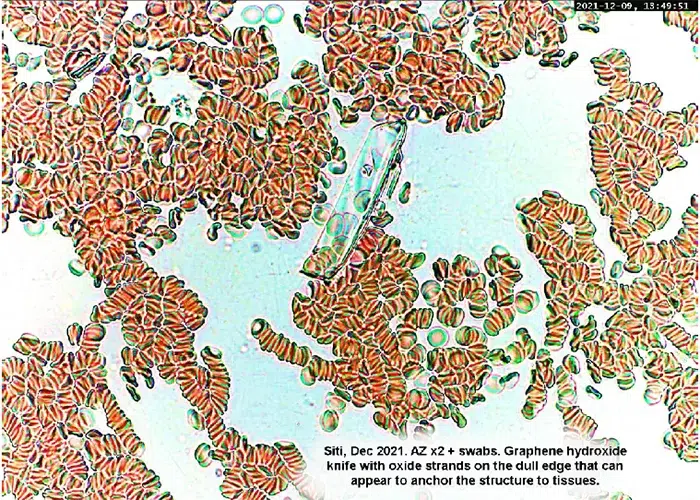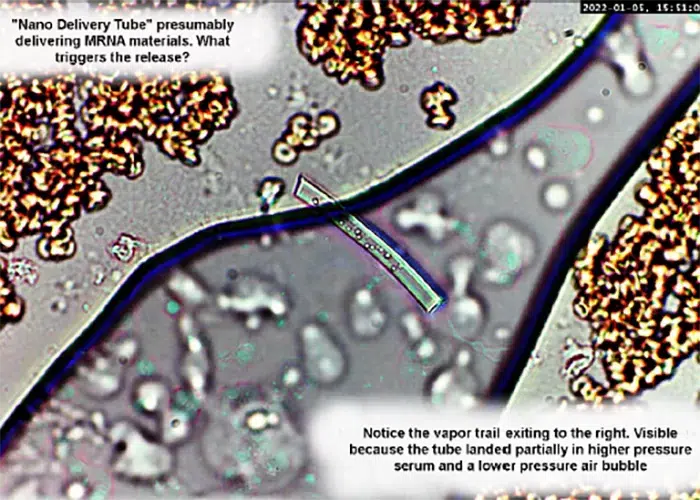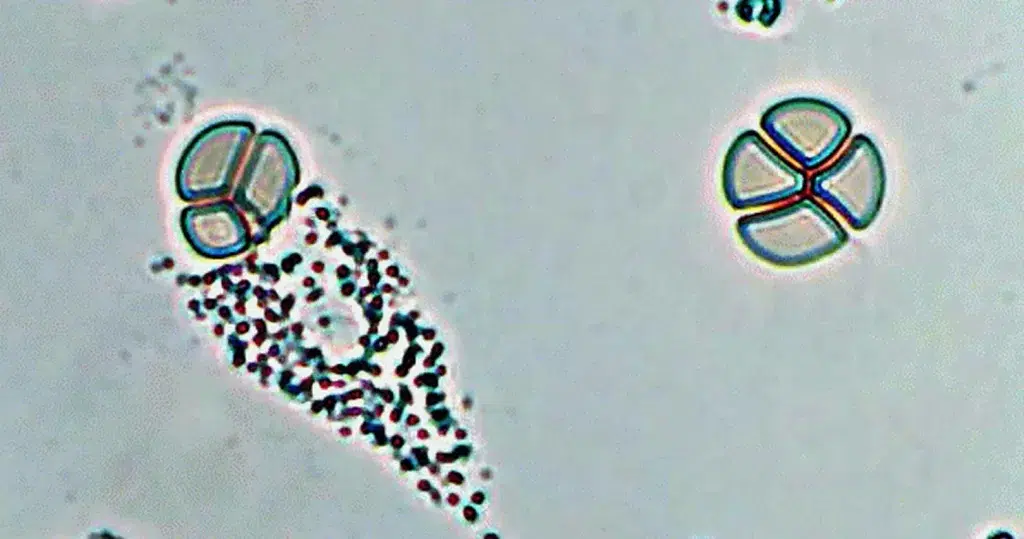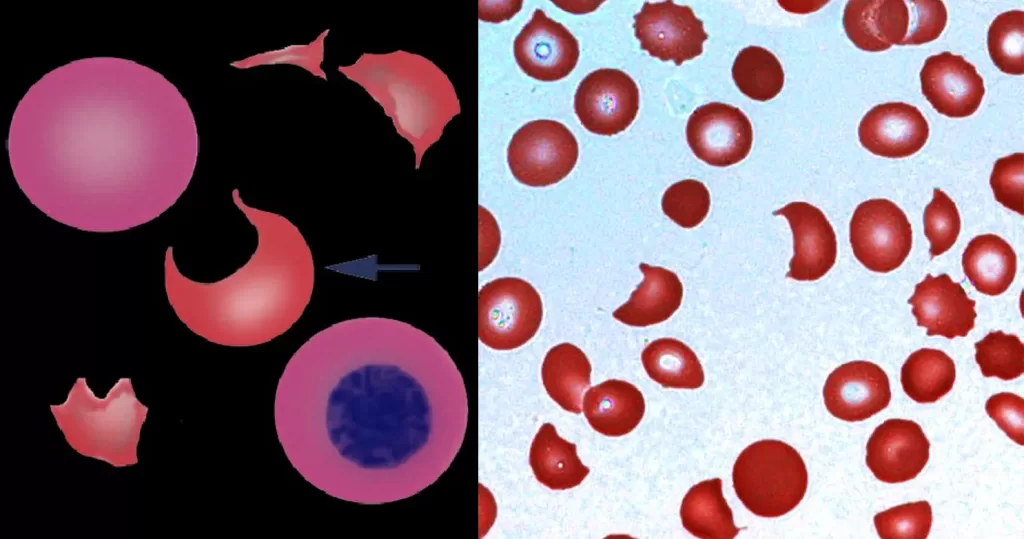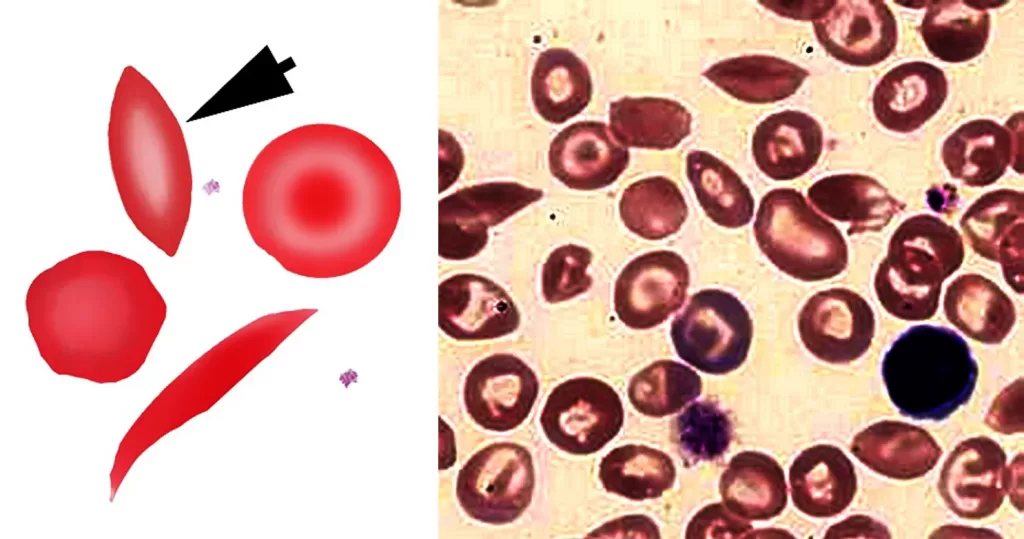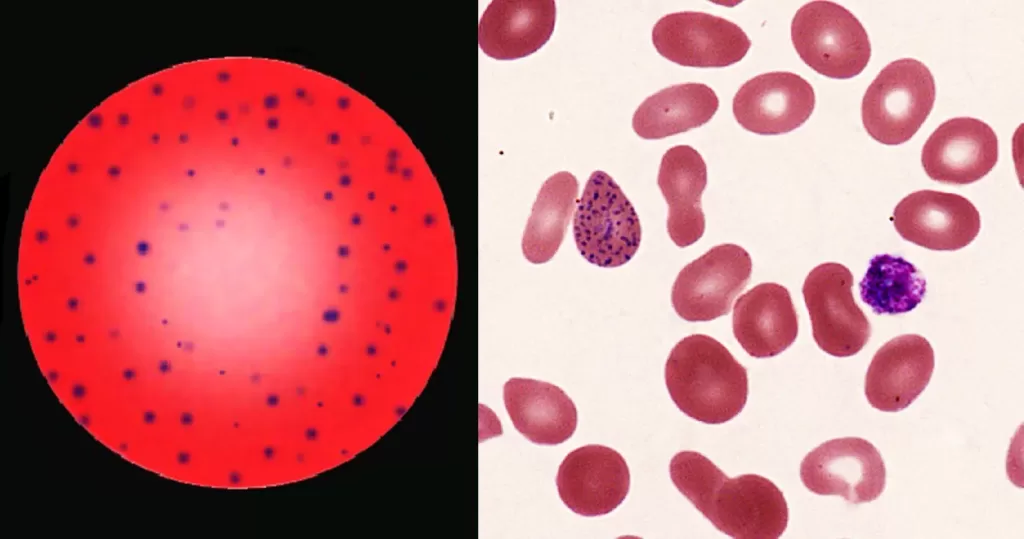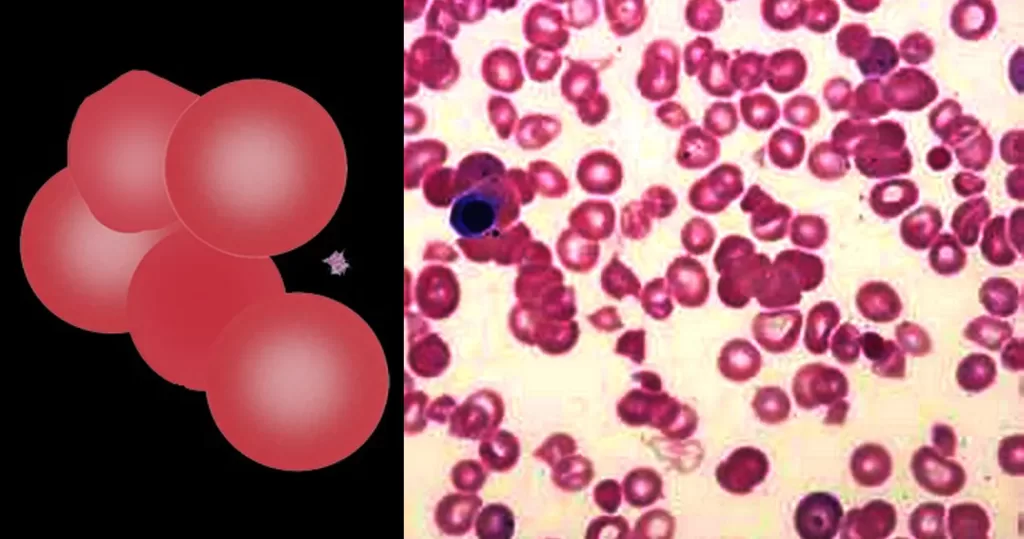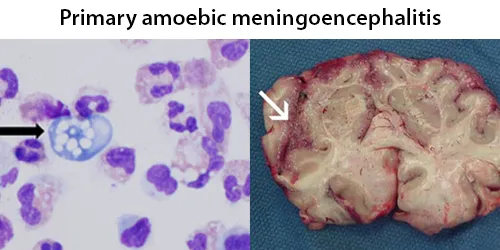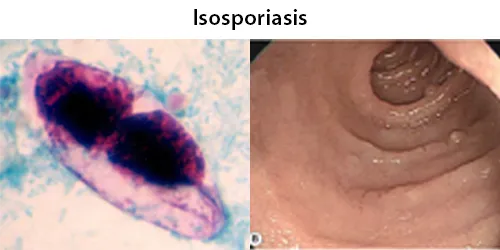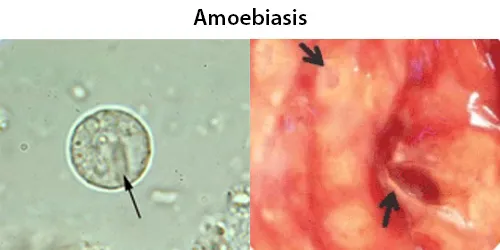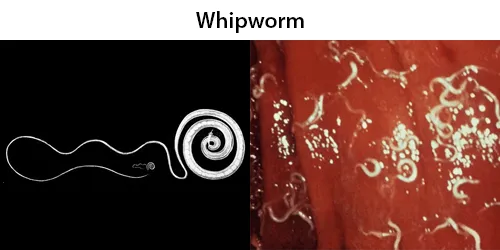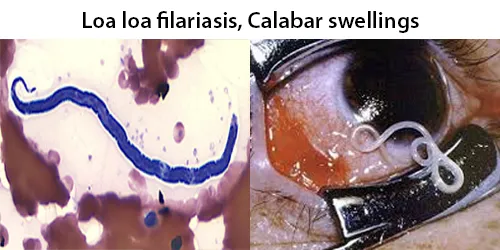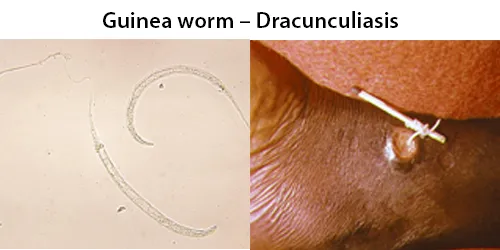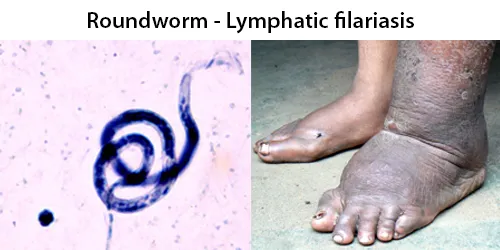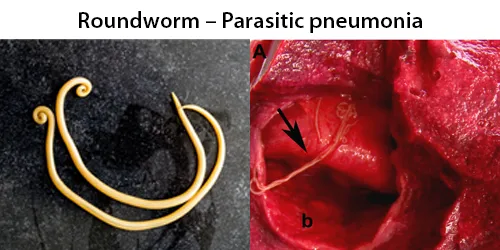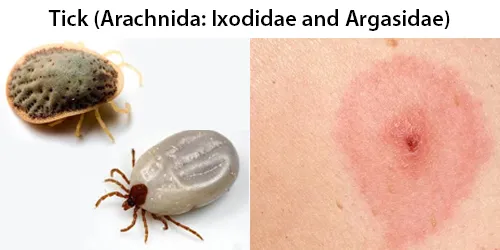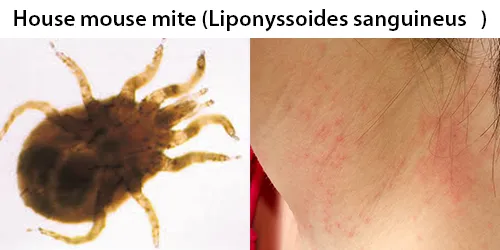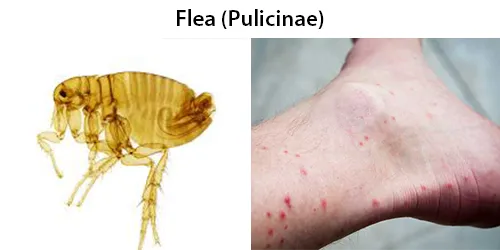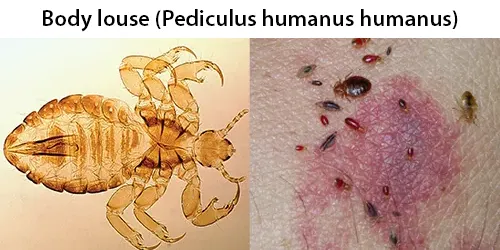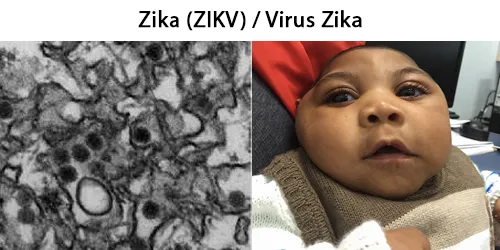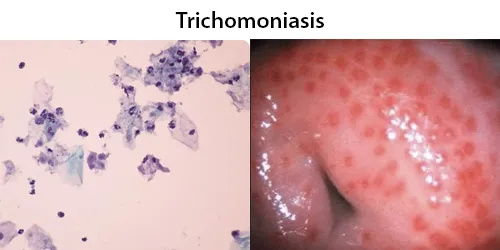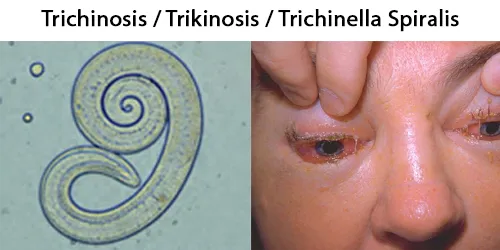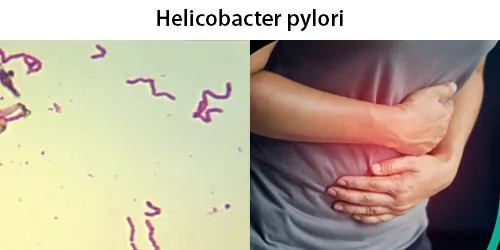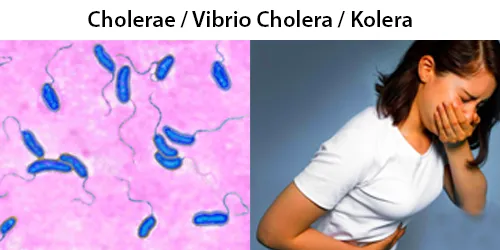Health Benefits of Pine Essential Oil
The health benefits of pine essential oil include its ability to reduce inflammation and associated redness, protect against sinus infections, clear mucus and phlegm, cure skin conditions like eczema and psoriasis, boost the immune system, fight fungal and viral infections, stimulate the mind and body, and protecting your home and body from a wide variety of germs.
The numerous health benefits of pine essential oil have made it one of the most important essential oils used in aromatherapy. Pine essential oil blends well with many other oils including cedarwood, rosemary, lavandin, sage, labdanum, and juniper, and therefore, it can be widely used in making aromatherapy preparations. It has a very low toxicity for humans, so it is one of the safer essential oils, although some people are sensitive and can suffer from mild respiratory irritation when inhaling too much of this powerful oil.
Pine essential oil is the oil obtained from the tree commonly known as pine, which has the Latin or scientific name Pinus Sylvestris. It is believed that this tree originated in Austria and Russia before spreading to different parts of the world. If you are still not sure what tree we are referring to, you have probably seen it used as a Christmas tree all over the world! One of the reasons that pine oil has become such an important element in supplemental health is its availability. It is relatively easy to make pine essential oil, and pine trees grow in huge numbers all over the world.
The health benefits of pine essential oil are attributed to its antibacterial, analgesic, diuretic, energizing, antiseptic, and aromatic properties.
Explained below are some of the health benefits:
Skin Care: One of the most important health benefits of pine essential oil is its role in treating various skin problems. Dermatologists often prescribe the oil for treating psoriasis, itching, pimples, eczema, skin diseases, poor skin, scabies, sores, and fleas. It gives you balanced, smooth, renewed and shiny skin and can also act as an antioxidant for the free radicals which can have such a negative impact on the health of your skin. Free radicals attack the healthy skin cells and cause them to mutate, resulting in premature aging, wrinkles, and sagging skin. Pine essential oil can combat these negative effects.
Cosmetics: Pine essential oil also has a mesmerizing essence and gives a sweet aroma to the cosmetics in which it’s used. It is also used to make perfumes and scented products. Furthermore, pine essential oil can remove lice from the hair, and is widely used as massage oil and bath oil. That’s why you so commonly see pine oil as a part of soaps and even cleaning products.
Metabolism: Pine essential oil also increases the metabolism and boosts your activity levels. It is also helpful in purifying the body due to its ability to treat intestinal problems. It is diuretic in nature and helps remove excess water from your body through urination. By stimulating the frequency and quantity of urine, you eliminate more uric acid, excess water, salt, and fat from your body. It also keeps the kidneys healthy, because they don’t have to filter the toxins more than once. It is also used in case of food poisoning because it stimulates the body to process and eliminate toxins at a faster rate, and subsequently eliminate them faster through urination.
Pain: Pine essential oil is considered an analgesic and is therefore a good remedy for people suffering from joint pain, arthritis, and rheumatic conditions. Besides being an analgesic, it is also an anti-inflammatory agent, meaning that it reduces the inflammation and redness of those affected areas, and simultaneously eliminating the pain. This prevents you from having to take two different artificial medications, just apply some oil to your sore areas!
Stress Disorder: The health benefits of pine oil also include some emotional benefits. It creates an energized feeling and is effective for removing mental stress from any number of sources. It is also used medicinally for removing adrenal fatigue and refreshing your spirits, since it is an excellent mood elevator. Getting regularly massaged with pine essential oil can give you mental clarity, and it removes anxiety and nervous tension. Finally, it has been shown to be quite useful for people suffering from weakened concentration and memory loss. Although additional research is needed in this area, it has been traditionally used for this purpose in many cultures.
Eye Health: The ability of pine essential oil to neutralize free radicals through its antioxidant capacity, it also represents a positive impact on eye health. Macular
degeneration, cataracts, and a number of other vision-related conditions are due to the presence of free radicals in our system that cause degradation of our cells. Pine essential oil has been connected with improving eye health and protecting them from natural, age-related failure.
Infections: Pine oil is a natural remedy for various infections, including Urinary Tract Infections (UTI). This protective property is due once again to its antibacterial components.
Injuries: Pine essential oil is antiseptic and is regularly used to treat boils, cuts, sports injuries, and Athletes Foot. This is not only due to its antiseptic properties, but also its anti-fungal characteristics. Fungal infections are some of the most dangerous and difficult conditions to treat, and if they become internal, they can even be fatal. Therefore, using pine essential oil to cleanse your system of any fungal infections is a very good idea.
Respiratory Problems: Pine essential oil is very helpful for curing respiratory problems and is commonly used in making cough and cold preparations. This is due to its abilities as an expectorant, meaning that it loosens phlegm and mucus from the respiratory tracts and makes it easier to eliminate them.
By reducing the amount of deposition in your respiratory tracts, your body is able to fight the initial infection faster and reduce your recovery time.
Pine essential oil is great at reducing the inflammation of the gall bladder and the incidence of gallstones. Pine oil is also added to many household products due to its powerfully pleasant aroma. These include room sprays, volatile liquids and room fresheners.
Internal consumption of pine essential oil can be dangerous, because there is a possibility of kidney damage. It should also not be given to people who are suffering from kidney disorders. Furthermore, pine essential oil can cause irritation on highly sensitive skin, so it must be used in diluted form. Children and elderly people should not be given pine essential oil as it may cause hypertension and irritation.
Normally, pine essential oil is obtained using steam distillation. Fresh twigs and needles are most often used for extracting the oil. Pine cones are also used by many manufacturers for obtaining the oil, and since pine trees are so abundant in nature, the oil is very cheap and widely available.













































